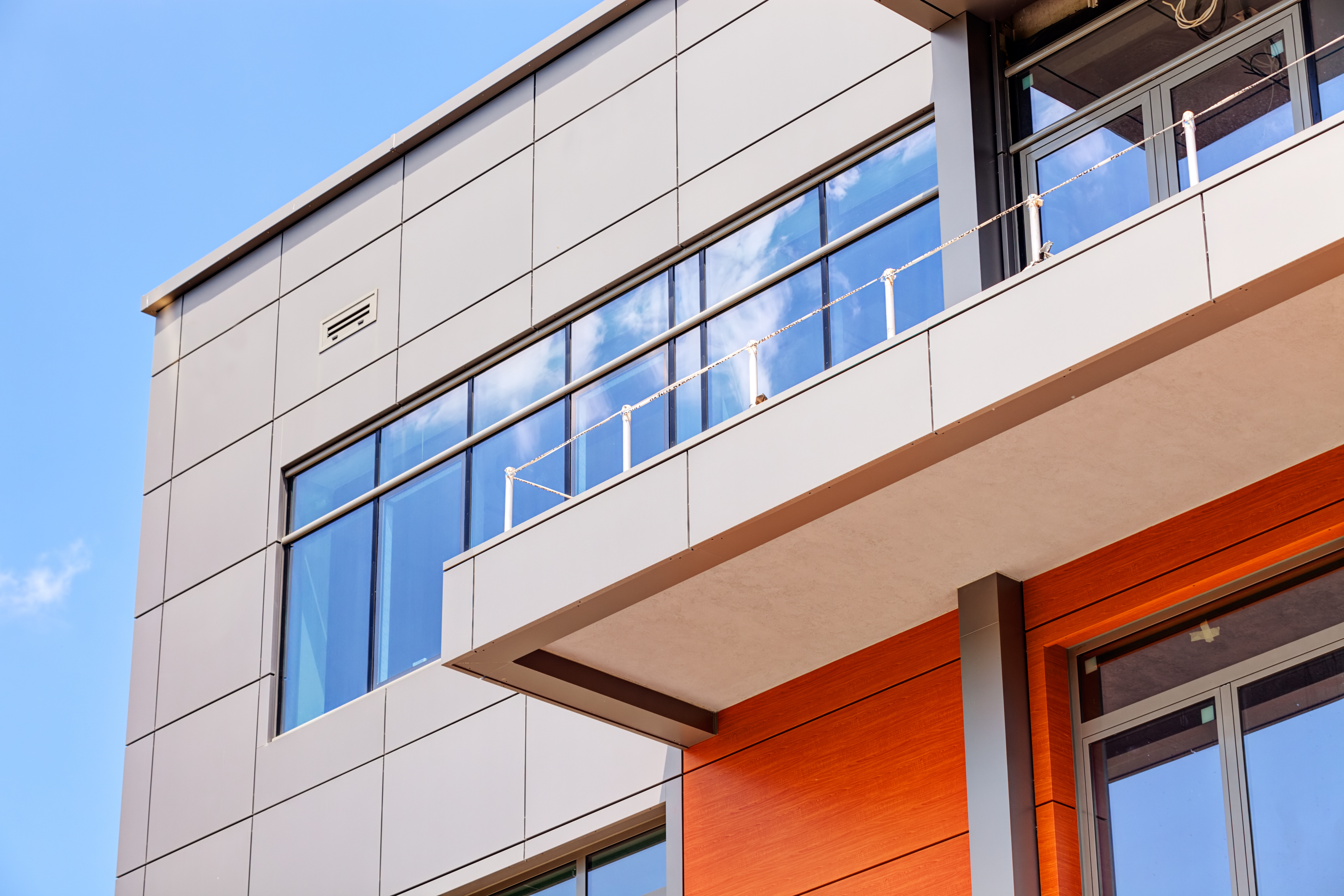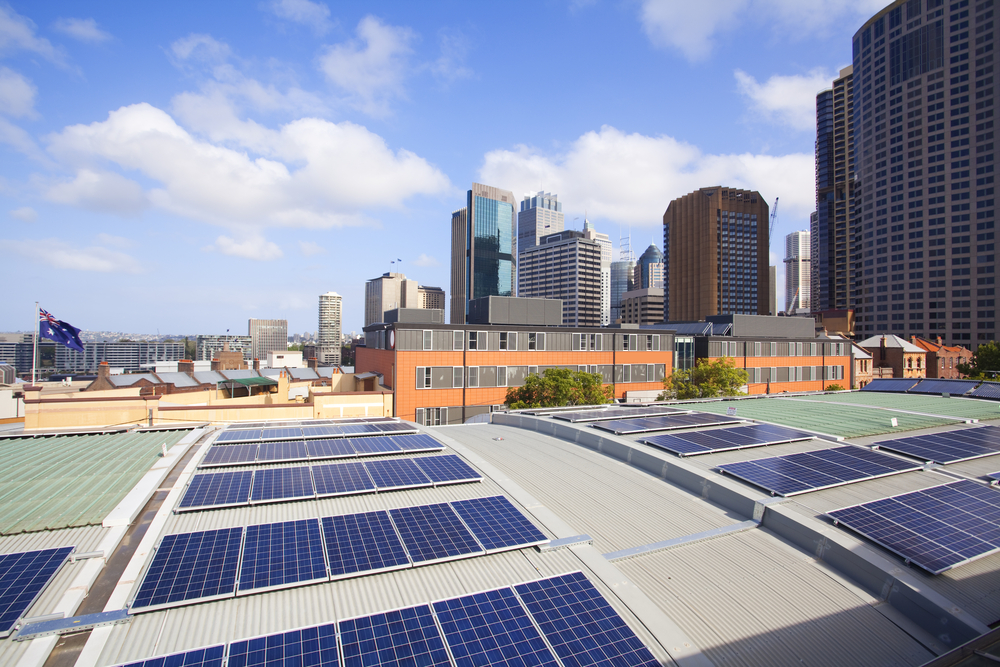Small Businesses Access to Capital & Funding During COVID-19

Small business owners have faced unprecedented hardship during the coronavirus pandemic. Many companies have been forced to lay off staff as profits have dramatically decreased during a nationwide shelter in place (SIP) orders. Even as states slowly reopen, companies have new challenges to face, including meeting new pandemic health guidelines while dealing with even tighter margins. With that said, below are a few ways that small businesses can access capital and funding during COVID-19. Of particular note is the commercial PACE (C-PACE) option, which can help struggling small business owners access reliable funds and sustain cash flow both during the pandemic and after.
COVID-19’s Impact on Small Businesses
Just one month after the pandemic forced nationwide shelter in place orders, more than 100,000 small businesses in the United States had closed their doors permanently, according to an April study by the National Bureau of Economic Research. The study also found that 3% of all restaurants had gone out of business – a number that continues to grow as restaurants in some states have now remained closed for six months. As of April, 34% of small business owners were paying reduced rent or delaying their payments.
Coronavirus Profit Issues
Not all businesses have experienced the same impacts from the pandemic. Many companies have found ways to adapt their businesses, digitize their operations, and otherwise innovate their way out of major profit losses. Unfortunately, other businesses are dealing with a host of overlapping issues:
- Fewer customers. Limited customer traffic has meant zero or very low profits for some companies during SIP orders. Even as states begin the process of opening up, many customers have changed their habits or don’t feel safe enough to return to businesses they’d normally patronize.
- Restricted business operations. Businesses are also challenged by a restricted ability to operate; many are running with reduced hours and reduced staff.
- Uncertainty. The timelines for reopening are subject to change on a weekly basis, leaving some business owners on an anxious precipice.
- Expensive retrofits. Following the CDC guidelines for sanitation and social distancing means that businesses have to retrofit their existing structures to stay compliant. Businesses are spending more on sanitizers, plexiglass screens, and limiting both the number of staff and customers inside.
- Rent and other utilities due. Rent is still due regardless of the economy. For many business owners, that means extending themselves financially.
Challenges of Accessing Capital for Small Businesses: Federal Funding Programs
The federal government has stepped in to provide funding options for small businesses across the nation, but limited access to capital and other issues have presented major roadblocks.
The Paycheck Protection Program (PPP), for example, is a loan designed to help small businesses keep their workforce on their payroll. The U.S. Small Business Administration (SBA) will forgive loans if all employees are kept on for eight weeks and the money is used for payroll, rent, mortgage interest, or utilities. At least 60% of the forgiven amount must be used for payroll, which poses some limitations.
Businesses have six months to use the funds without paying them back, and no collateral or personal guarantees are required for approval.
It’s important to note that the loan forgiveness stipulations are quite strict. The amount forgiven will be reduced if the full-time headcount decreases or if wages or salaries decrease. As of August 2020, the PPP had provided 5,212,128 loans and approved $525,012,201,124 in funding. The average loan is around $100,729.
Unfortunately, the PPP loan program has been hard for many businesses to leverage. The funds are limited to a first-come, first-serve basis. In many cases, larger businesses have a distinct advantage because of their larger network, existing relationships with corporate financial entities, and larger financial assets.
The Small Business Administration offers some relief options, including SBA Express Bridge Loans, which deliver funds of up to $25,000. In order to qualify, however, you must already have a business relationship with an SBA Express Lender.
Small businesses may also qualify for the Economic Injury Disaster Loan Program (EIDL), which can give each business up to $2 million in funding, plus a $10,000 advance that doesn’t need to be repaid. Again, these loans are subject to funds availability.
Besides SBA programs, there are also specialty grants like the Red Backpack Fund, which gives small grants to female entrepreneurs. However, these loans and emergency funding grants have extremely strict guidelines for approval and funds are incredibly limited. Even if you meet the guidelines, competition is fierce for these specialty programs.

Challenges to Accessing Capital for Small Businesses: Banking Institutions
Small businesses that turn to their local banks for help during a temporary but dramatic loss of profits may have a hard time getting approved for a loan, especially if they have limited access to cash and liquidity. Traditional lending options, in general, can be harder for small businesses to obtain as they often have limited human and financial resources, but especially in the throes of a market downturn.
Potential Funding Solution: Recapitalization
While there are many unknowns and challenges with traditional lending options, there is a way to access capital (that is potentially off-balance sheet) that business owners may not know about: retroactive financing through C-PACE. Recapitalization is a way to change your company’s equity and debt ratio to stabilize your capital structure; this reorganization can include C-PACE retroactive financing as a major component to increasing cash flow.
Recapitalization may reduce your financial burden and improve your company’s overall financial status. Commercial PACE financing offers businesses a way to recapitalize previously completed C-PACE eligible projects, such as energy-efficient and renewable energy improvements, even if they didn’t use PACE to pay for the project initially. This allows businesses to access funds and secure a fixed interest rate.
Benefits of Commercial PACE (C-PACE) Financing
- 100% no money down financing
- Up to 30 years fully amortized terms with fixed rates
- No payments for up to 12 or more months
- No prepayment penalties
Eligibility for commercial PACE is based primarily on property equity instead of your credit score. This is a great benefit for businesses who’ve recently taken on more debt than usual, as they try to get through economic hardships associated with the pandemic.
One of the best advantages of recapitalizing through C-PACE is that you can convert a recent capital expenditure into an operational expenditure. Plus, you can generate positive cash flow with improvements that may increase property value or occupancy rates and help you secure a more successful (and profitable) future.
Commercial PACE may cover the full cost of improvements with longer terms compared to other emergency funding – with no personal guarantees needed for approval. C-PACE can help businesses conserve energy, decrease water consumption, lower utility bills, minimize operating costs and protect properties against natural disasters through resiliency projects (like hurricane, fire, and earthquake protection).
What Projects are Eligible for Commercial PACE (C-PACE) Financing?
There are hundreds of commercial PACE-eligible projects to choose from, depending on the nature and needs of your business. A few of the most common upgrades include:
- Roof installation
- Solar systems with energy storage
- Seismic retrofits
- Energy-efficient lighting
- Electric vehicle (EV) charging stations
- Energy-efficient windows & doors
- Plumbing systems
- Energy-efficient HVAC systems
- Backup generators
- Drought-tolerant landscaping
Improvement availability varies by state. To find out whether your business improvement project is eligible, contact Ygrene’s Commercial department today.
How it Works
Ygrene Commercial PACE financing allows business owners to access capital quickly and efficiently. You’ll receive dedicated customer support, even during COVID-19. You’ll also have plenty of resources available to guide you through the entire process.
To apply, simply see if your property is eligible.
An efficient underwriting approval process delivers your funds efficiently. Here are some quick C-PACE facts at a glance:
- Average approval time: 3 days
- Average funding time: 38 days
- Number of funded projects: over 1,200
- Amount funded: over $150 million
Financing is available for multiple property types: offices, retail, multifamily, mixed-use, industrial, hospitality, nonprofit, and many more.
Getting Capital When You Need it Most: Ygrene’s Commercial PACE Financing
While you may not be able to access federal loan programs or get approved for bank loans, Ygrene’s C-PACE program for commercial entities is designed to provide a reliable, long-term financing option — even during times of economic instability. Get started on your commercial PACE financing project by contacting Ygrene today.




